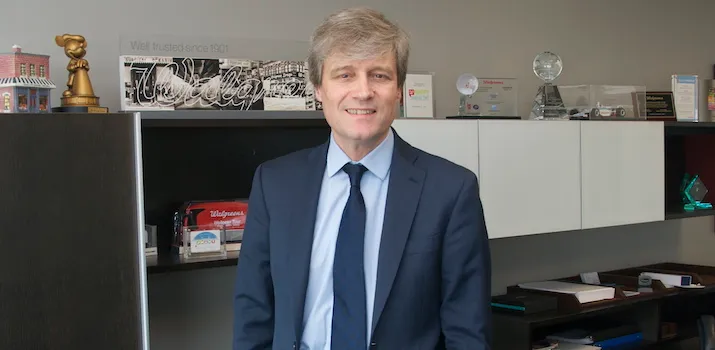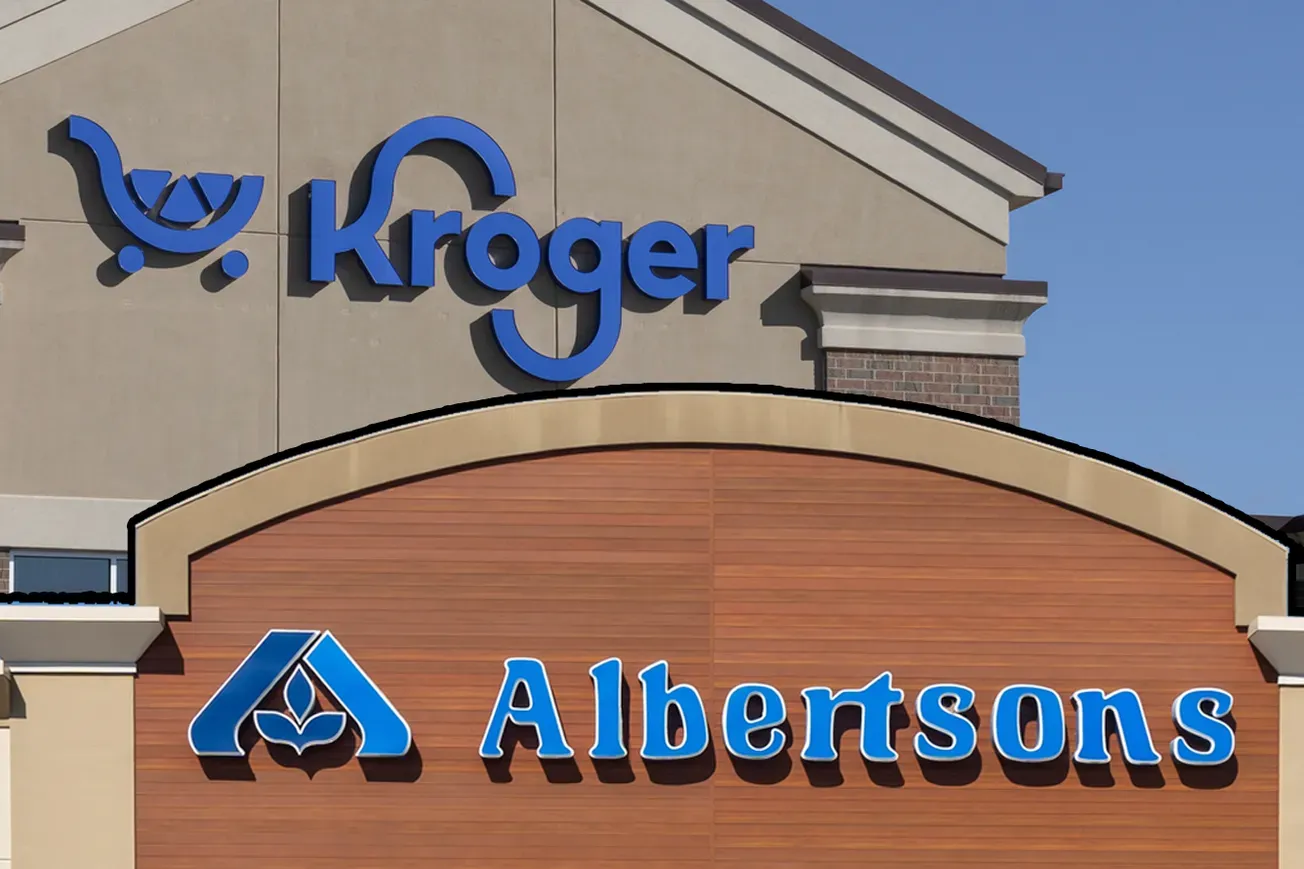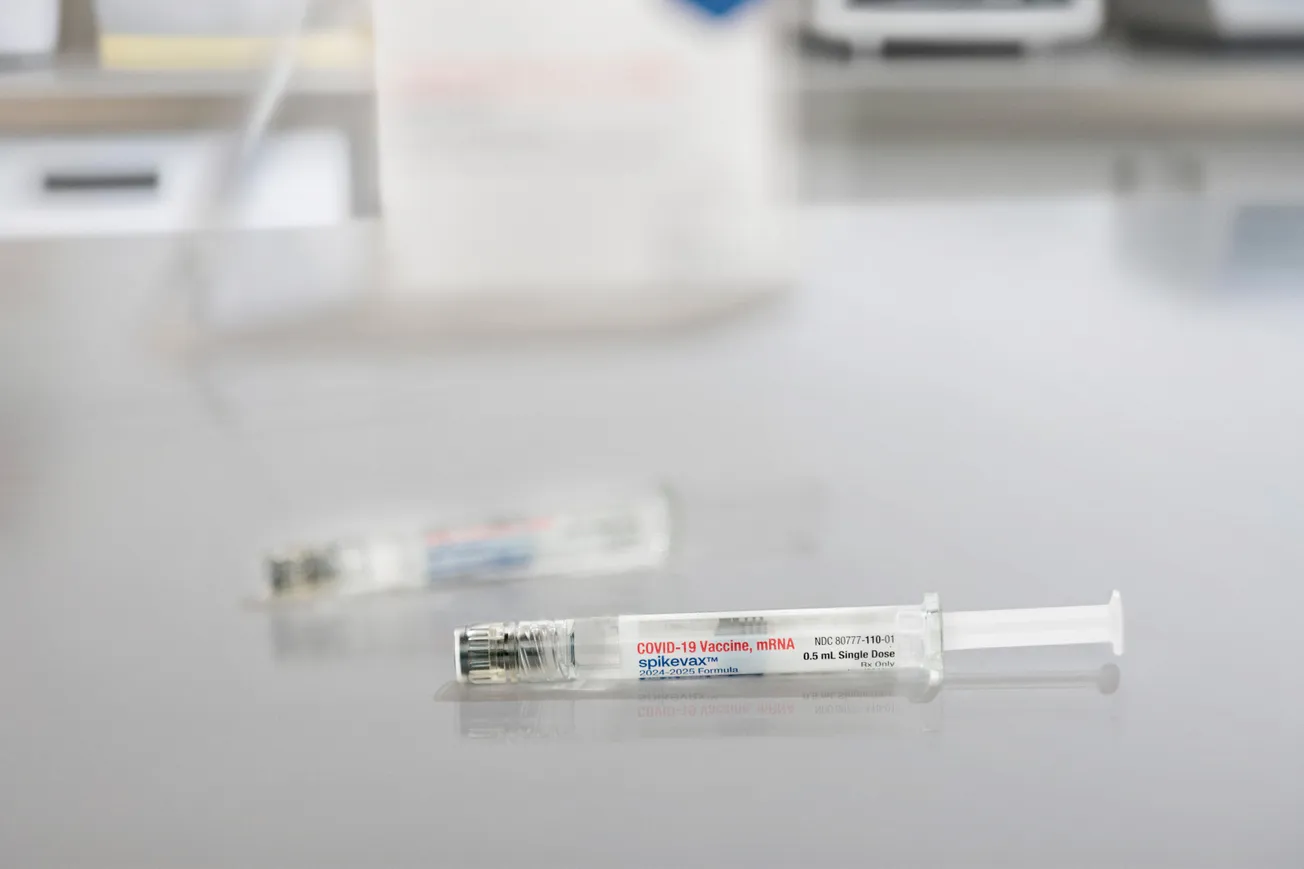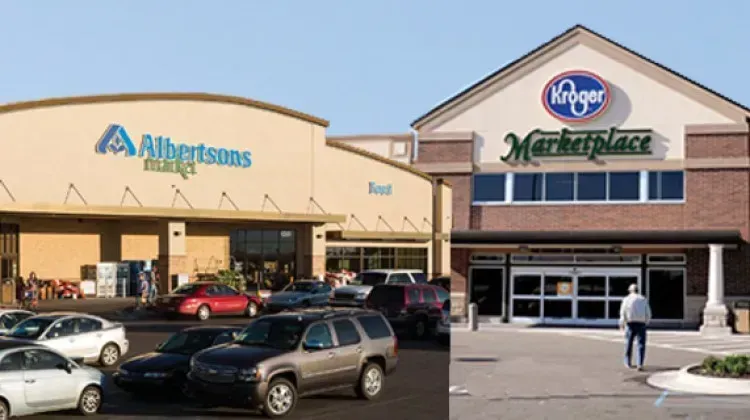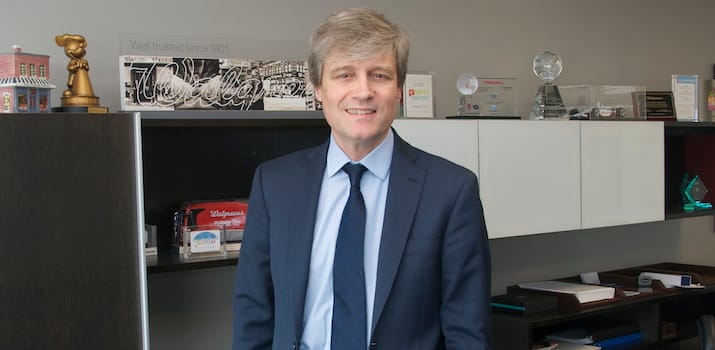
WBA co-COO Alex Gourlay: “We spend a lot of time with our partners, and we really understand what it is they’re trying to do.”
DEERFIELD, Ill. — In a country where health care is rife with wasted time and money, Walgreens is committed to making pharmacy more efficient.
One measure of the practice’s current inefficiency, says Alex Gourlay, co-chief operating officer of Walgreens Boots Alliance Inc., is the large number of prescriptions that need additional authorization on the way through a pharmacy. That doesn’t happen in Europe, where the concept of prior authorization is nonexistent, he says.
Moreover, Walgreens, like the pharmacy industry as a whole, returns many prescriptions it fills to its shelves because they aren’t picked up by the patient.
In light of that, the chain has sought out efficiency-boosting partnerships. It’s working with PBM Prime Therapeutics, for example, on both specialty and mail order pharmacy, in what Gourlay says is a “unique collaboration” that will help deliver enhanced value, care and service to patients.
He says the key value drivers in specialty pharmacy are manufacturers and pharmacists. Drug makers come up with innovations such as a treatment for HIV, while pharmacists explain “what are still very difficult medications with some significant side effects that have to be taken in a very precise way.”
As biopharmaceutical development advances, he adds, “you’ve got to believe that there will be more requests for pharmacy to be involved.” And with manufacturers seeking to reinvest in more innovation without raising drug prices unsustainably, “they want to make the supply chain as efficient as possible.”
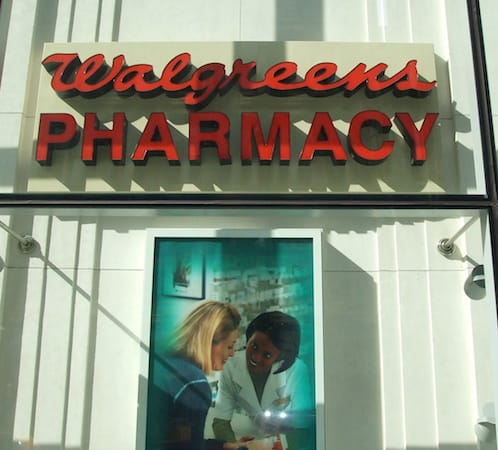
All of these factors will heighten the prominence in health care of community pharmacy, says Gourlay. “There will continue to be a need for the role PBMs play to ensure value for the cost of medicines. There will still be a need for central fill for some types of medications, either straight to doctors’ offices or hospitals or patients’ homes. But I think there will also be a growing requirement for these drugs to be available in pharmacies.”
The job of pharmacists will always be to provide the right medications in the right form with “frictionless” service, he says. Patients must also understand how to take their medications better, and how to live with perhaps a new or inchoate condition. “That’s the role of the pharmacists. They’re the medicines experts.”
Walgreens and other community pharmacies are low-cost, trusted locations that are highly accessible for receiving services that might otherwise be provided in doctors’ offices or hospitals some distance from peoples’ homes, says Gourlay. “There’s no reason why we can’t develop these services in partnership with others — with nurses, doctors, opticians, eye doctors and hearing care specialists,” he remarks.
Walgreens generally is increasingly building its business around partnerships, he notes, and it’s finding that other companies are eager to work with it.
“They like our strategy,” Gourlay says. “They like the fact that we’re focused on making our pharmacies better. We’ve always spoken about our vision of becoming America’s most loved pharmacy-led health, wellness and beauty retailer, and they like that.”
Walgreens’ independence from a PBM is another draw, he notes.
Partners also appreciate the retailer’s attitude, Gourlay says. “We are prepared to listen. We spend a lot of time with our partners, and we really understand what it is they’re trying to do. They’re under pressure as well in the marketplace, and they’re trying to be innovative, to take costs down for payers. And we are happy to work with them to find different ways of doing that.”
Drug makers in particular understand the value that pharmacy brings in the form of access to maintenance drugs.
“Medication development today has shifted to the needs of smaller audiences and niche opportunities,” says Gourlay “They can’t just produce another product for the mass market. They’ve got to now produce many drugs and get them to the right people in a personalized way. And they recognize that the pharmacy channel can really help with that. We have a great relationship with many of the manufacturers. We work at it as hard as we work at the relationships with the payers. They’re important to us. We believe that they add value and that pharmacy adds to the value. Everybody has got a role to play, be it a service role or a value-add role.”
Pharmacists, he adds, are crucial to Walgreens’ goal of being “a unique brand” built around authenticity and integrity. “The pharmacist in charge will never let you not be true, because as a scientist he or she is trained to get things right and tell the truth,” he says.
Pharmacists have no other option, he points out. “It’s their job. It’s their responsibility.” And that’s fitting at a time when customers are increasingly demanding to “see inside your brand, and inside your business.”
“You’ve got to be true to what you stand for,” he adds. “You’ve got to say it, and then you’ve got to do it. I think as a pharmacy-led business we’ve always done that.”
Putting a twist on the familiar Abraham Lincoln quote, he says, “You can’t fool any of the people any of the time anymore.”

